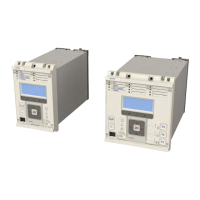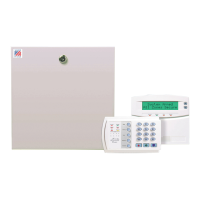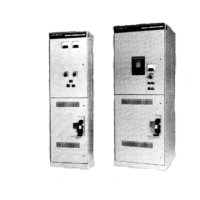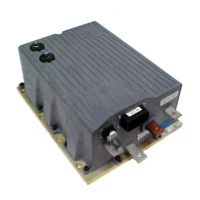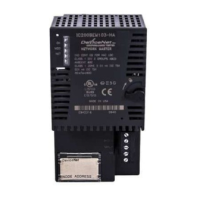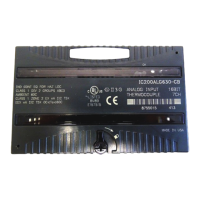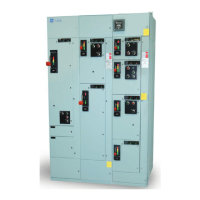All the protection functions that use the positive and negative sequence component of voltage and current are
affected (Thermal O
verload, 3 Ph Volt Check, Negative Sequence O/C, VT Supervision).
6.5 APPLICATION NOTES
6.5.1 NEGATIVE SEQUENCE PROTECTION
Negative phase sequence current is generated from an unbalanced current condition, such as unbalanced
loading, loss of one phase or single phase faults.
Consider the equiv
alent circuits for positive and negative phase sequence currents shown in the figure below, the
magnetizing impedance being neglected.
R1+R2’
j(X1+X2’)
[(1-s)/s].R2’
Positive Phase Sequence Equivalent Circuit
R1+R2’
j(X1+X2’)
[(s-1)/(2-s)].R2’
Negative Phase Sequence Equivalent Circuit
P4972ENa
Figure 35: Equivalent circuits
W
ith positive phase sequence voltages applied to the motor, a rotating field is set up between the stator and rotor.
The resulting effect is that the direction of rotation of the rotor is equal to that of the applied field. With negative
phase sequence voltages, the field rotates in the opposite direction, cutting a rotating rotor conductor at almost
twice the system frequency. The actual frequency of negative phase sequence voltage and current in the rotor
circuit is equal to (2-s)f.
From the equivalent circuits;
Motor positive sequence impedance at a given slip s by the formula:
[(R1 + R'2/2-s)2 + (X1 + X'2)2]0.5
That means: [(R1 + R'2)2 + (X1 + X'2)2]0.5 when s = 1 at standstill.
P24xM Chapter 6 - Current Protection Functions
P24xM-TM-EN-2.1 105
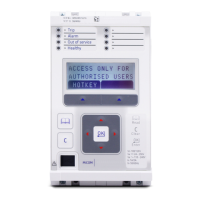
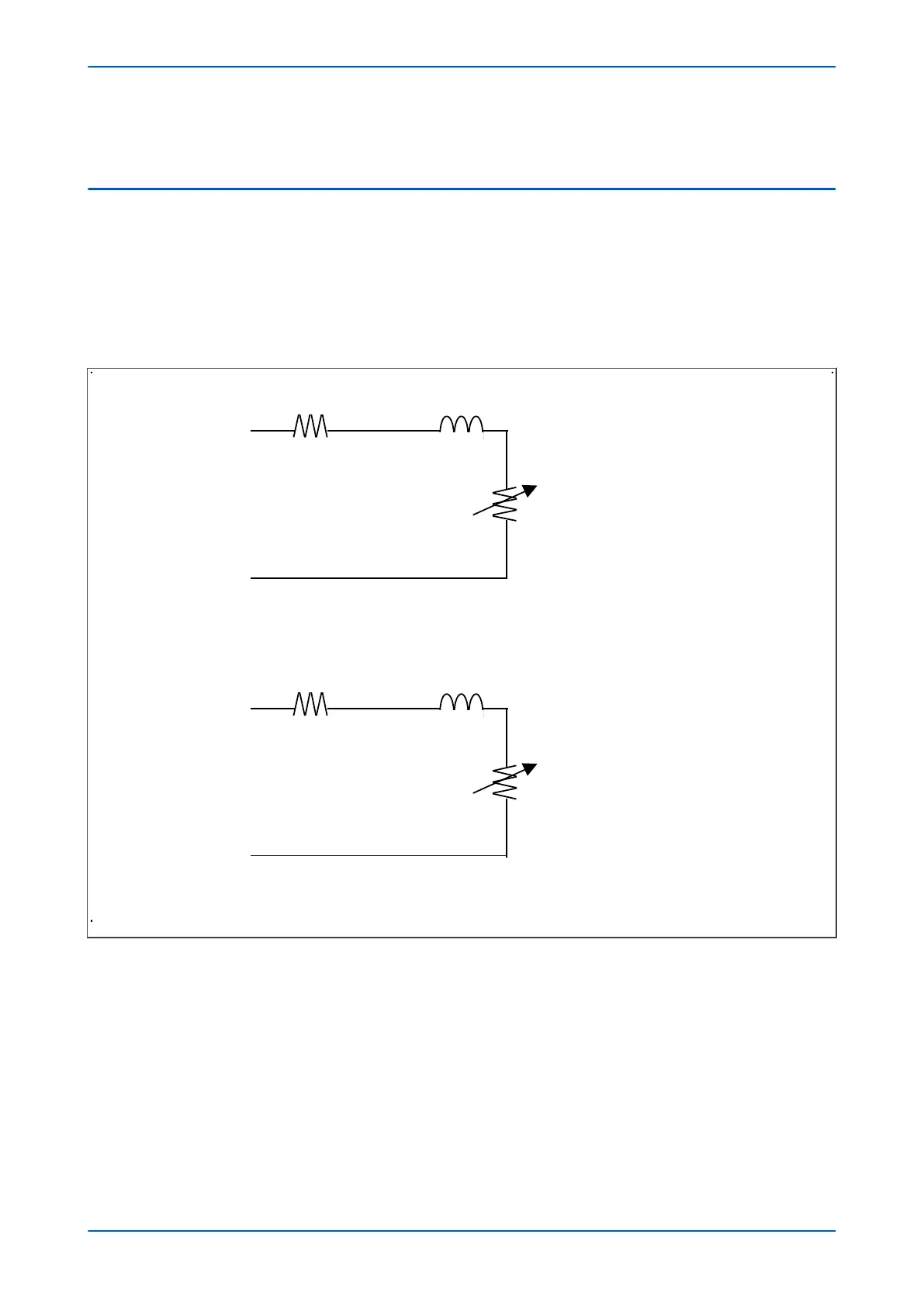